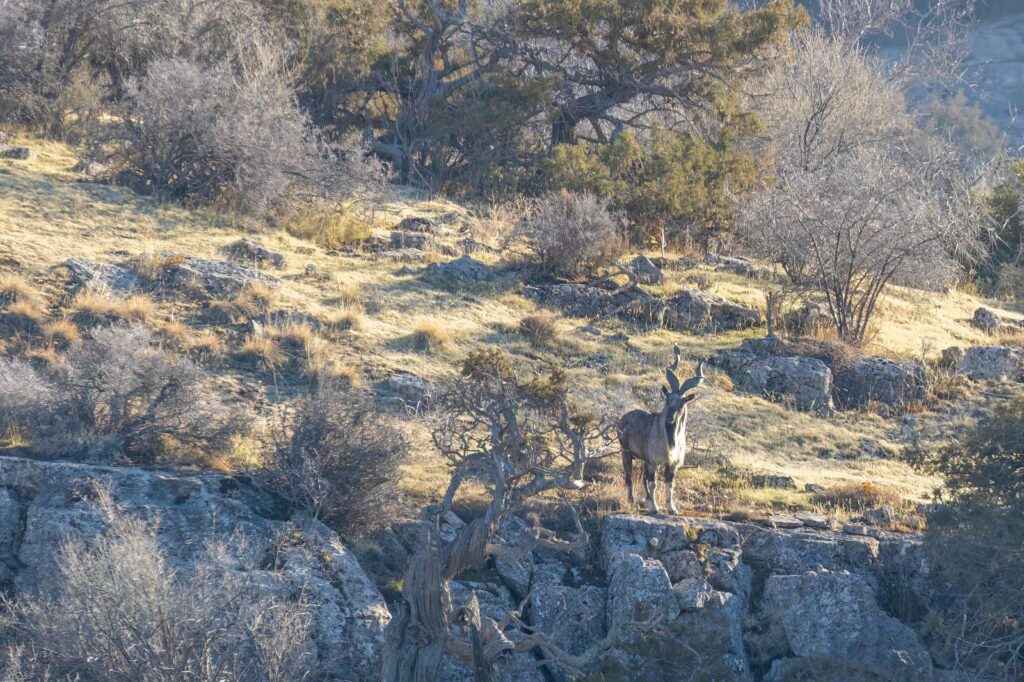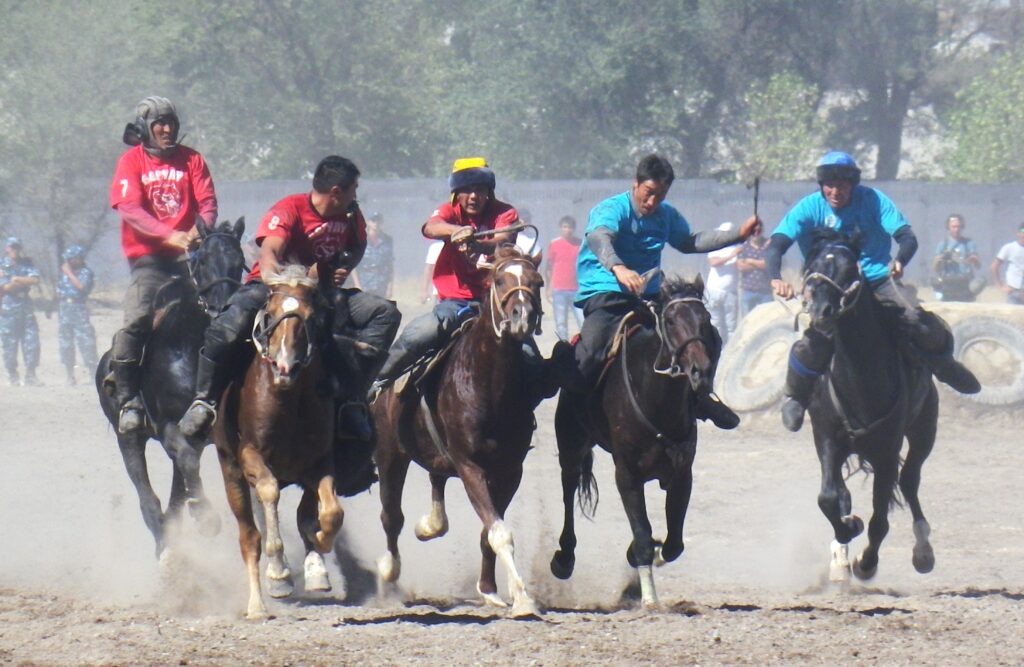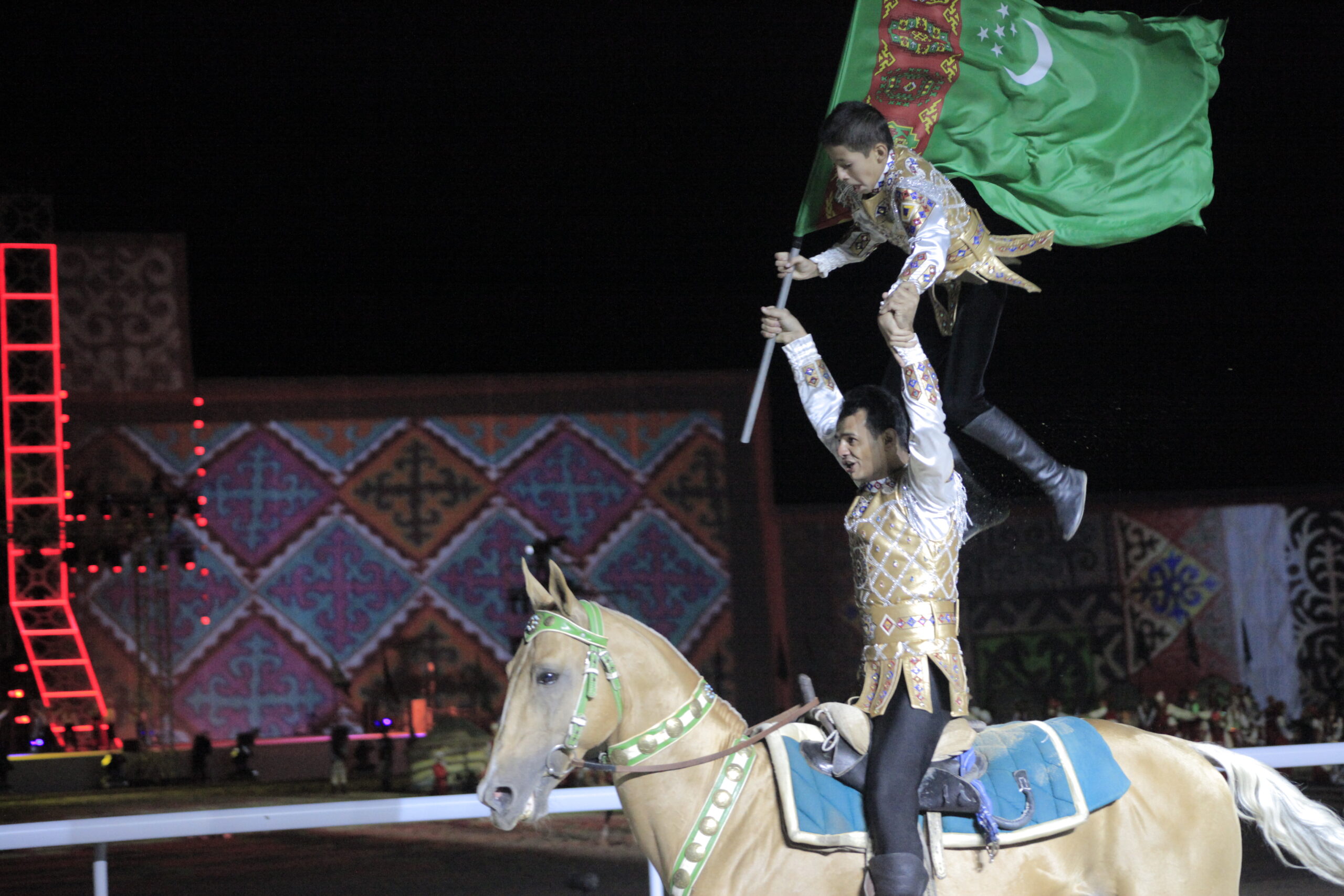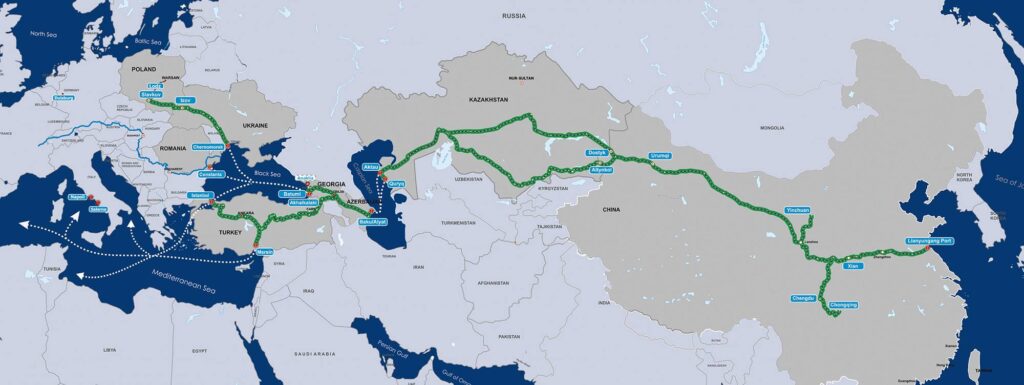Facing Pressures, Koytendag Nature Refuge in Turkmenistan Aims for UNESCO Status
Limestone canyons and grassy plateaus. Vultures, lynx and markhor, a wild goat known for its corkscrew-style horns. Pistachio trees and juniper forests. The fossilized footprints of dinosaurs and a cave that runs three kilometers into the ground.
The Koytendag State Nature Reserve and surrounding areas in eastern Turkmenistan are a stunning refuge of biodiversity next to Uzbekistan and near Afghanistan. The ecosystem includes river valley plains as well as Ayrybaba, Turkmenistan’s highest mountain at 3,137 meters. Some 50,000 people live in the area. Conservationists are assessing whether the region, which faces pressures such as agricultural encroachment, illegal hunting and unregulated tourism, can become a UNESCO natural world heritage site.
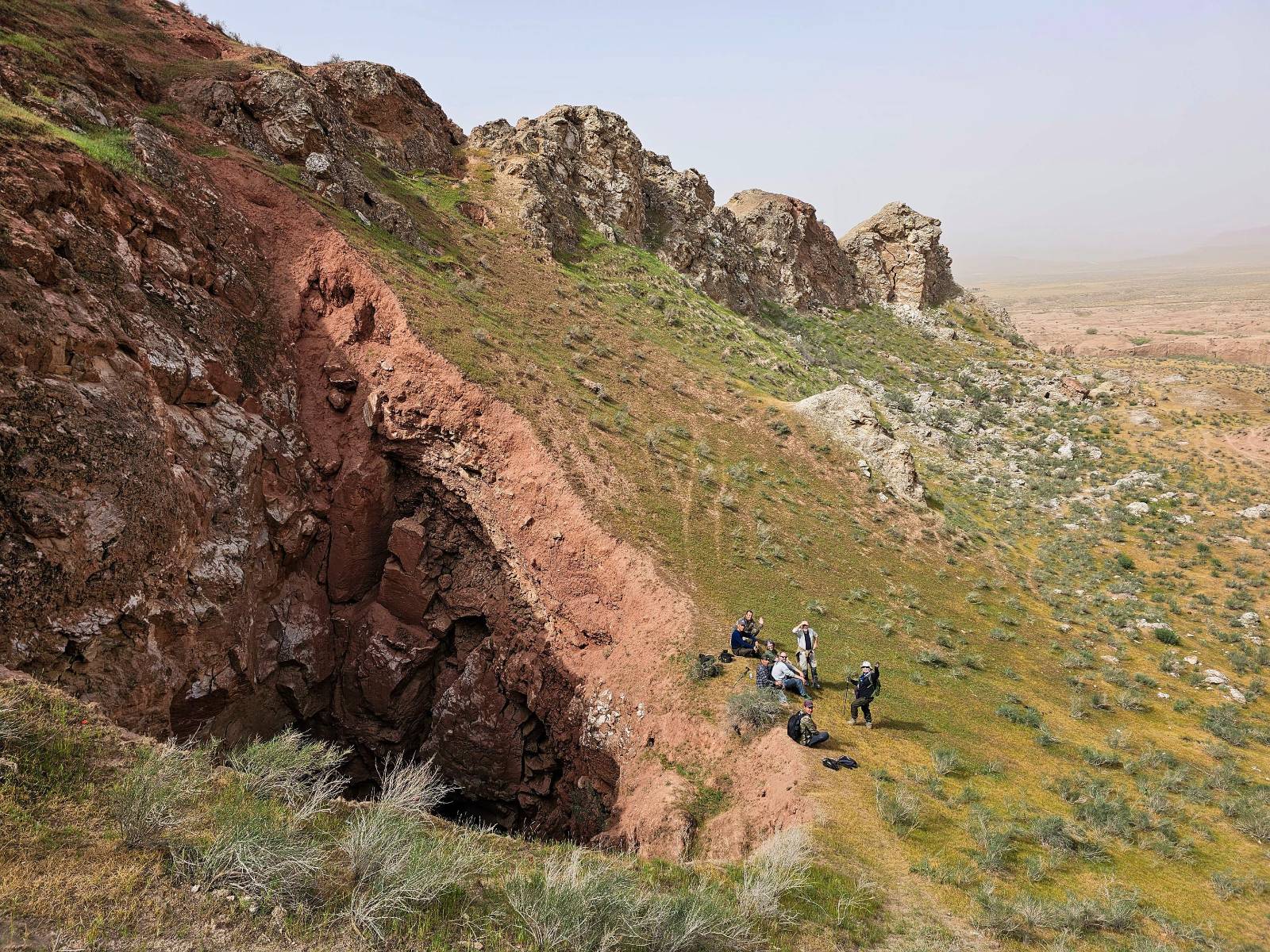
Researchers at the mouth of Koytendag’s Kaptarkhana cave (Image: CLLC)
There are efforts to reframe the bid for UNESCO status as a “transnational nomination” that pairs Koytendag with Uzbekistan’s adjoining Surkhan State Nature Reserve and could reduce barriers to the movement of wildlife between the two areas.
The Koytendag reserve encompasses about 27,000 hectares and the total area of the proposed heritage space in Turkmenistan is 122,000 hectares, according to UNESCO. The U.N. agency says Koytendag is somewhat similar to other mountainous reserves in Central Asia – Chatkal in Uzbekistan, Aksu-Dzhabagly in Kazakhstan and Sary-Chelek in Kyrgyzstan – “but unlike them has a number of highly distinctive geological features.”
Turkmenistan’s “system of protected areas,” which includes mountain, desert and marine ecosystems, covers 4.38% of the country, or just over 2,150,000 hectares, the Ministry of Environmental Protection said. Turkmen officials have been working with international conservation groups to protect and restore biodiversity.
Conservation X Labs, or CXL, has outfitted some Turkmen rangers with new field uniforms, including those at Koytendag reserve, according to Tatjana Rosen, director of Central Asia Programs for the U.S.-based group.
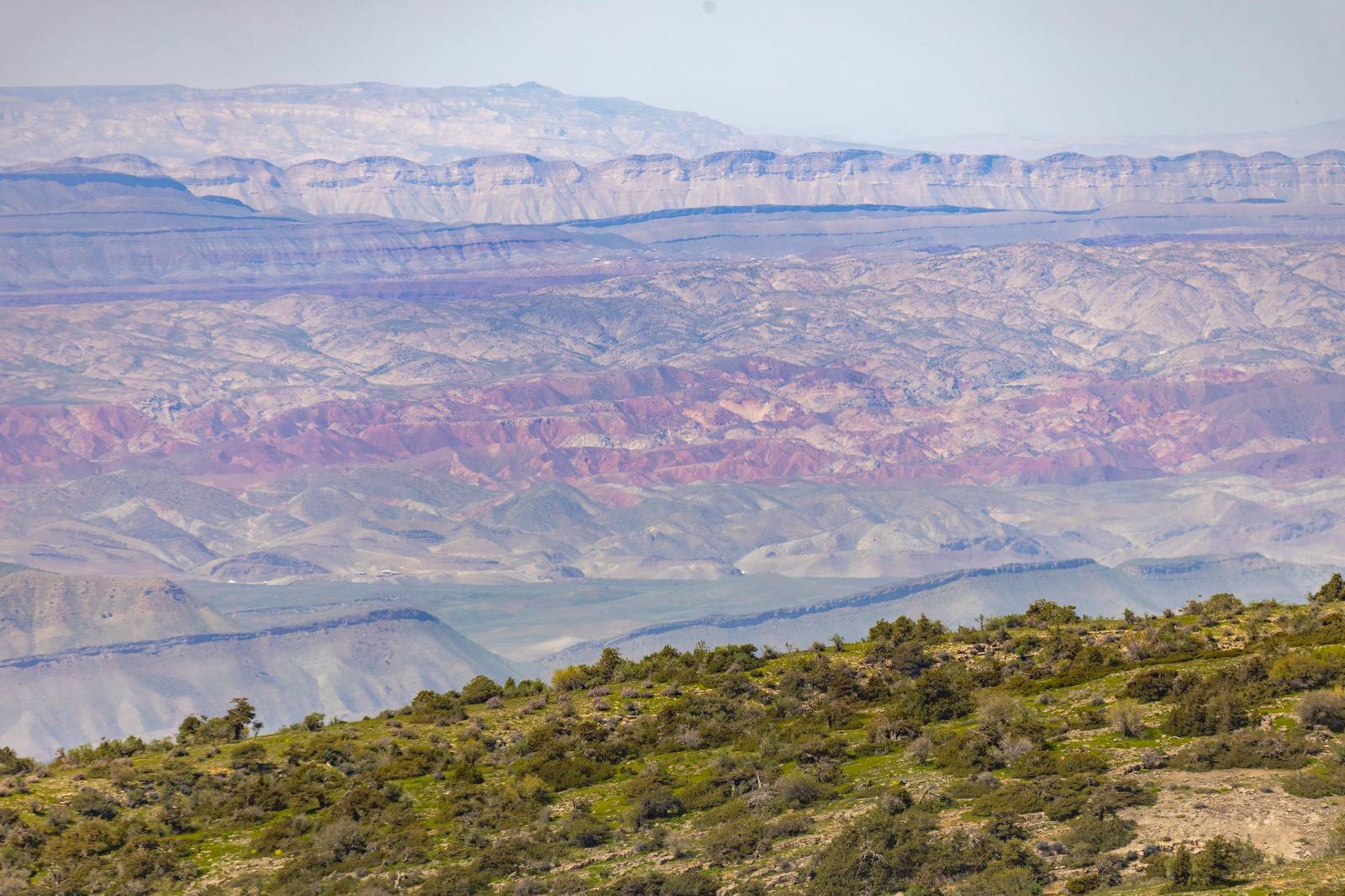
Panoramic view of the Koytendag reserve (Image: CLLC)
Rosen also said CXL and another group, the Center for Large Landscape Conservation, hired an international expert in SMART conservation technology and bought rugged Blackview phones where the SMART software is downloaded. Koytendag rangers have the devices and can use the technology to collect, analyze and report data from the field. Integrating the technology at the national level is ongoing.
Another international donor active at Koytendag is the Critical Ecosystem Partnership Fund, which has funded the conservation of pistachio orchards, the improvement of water supply, the education of local communities about the environment and other projects.
Last year, national and international conservationists conducted a weeklong field mission in Koytendag, surveying flora and fauna and also talking to local communities. At one point, the team chatted with shepherds tending their flocks about sustainable use of pastures and other employment options.
“Overall, it was noted that jobs are scarce in the villages and the demand for shepherding continues to increase,” the Center for Large Landscape Conservation said in a report on the trip.
A meeting of conservationists followed soon after in Ashgabat, Turkmenistan’s capital.
Speleologists have been interested in Koytendag’s elaborate cave complexes for a long time. Earlier this year, researchers from the French Federation of Speleology visited Turkmenistan for more than 20 days, building on the work of numerous expeditions led by Russians and others in the last century.
